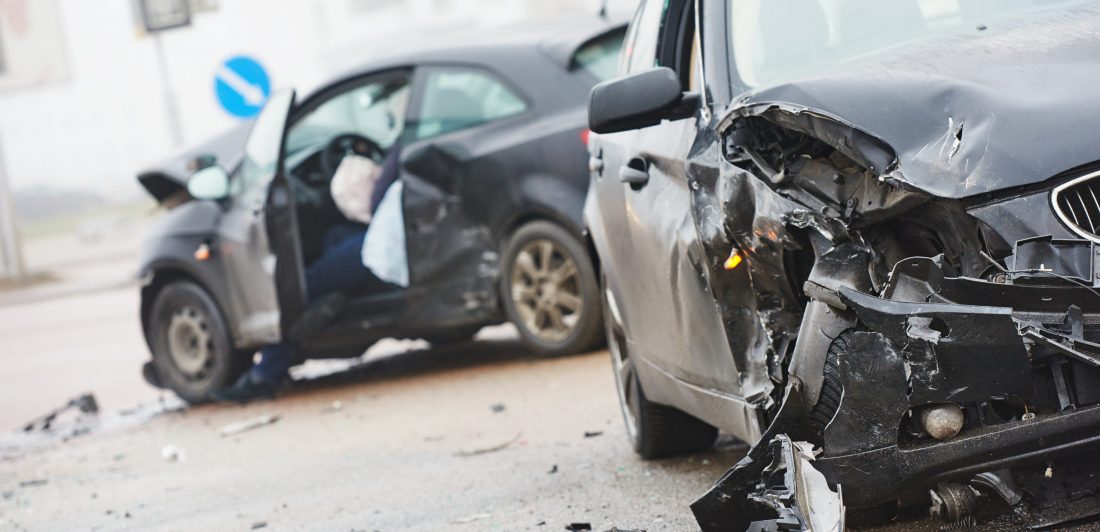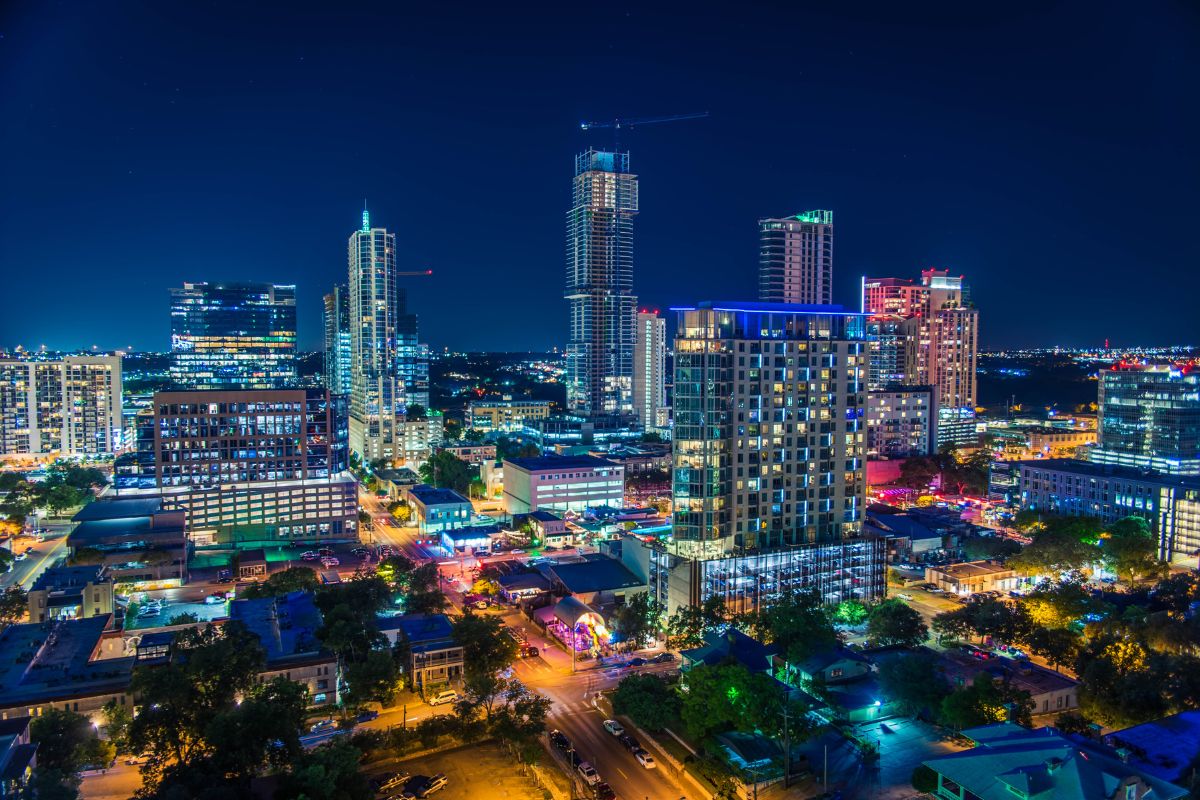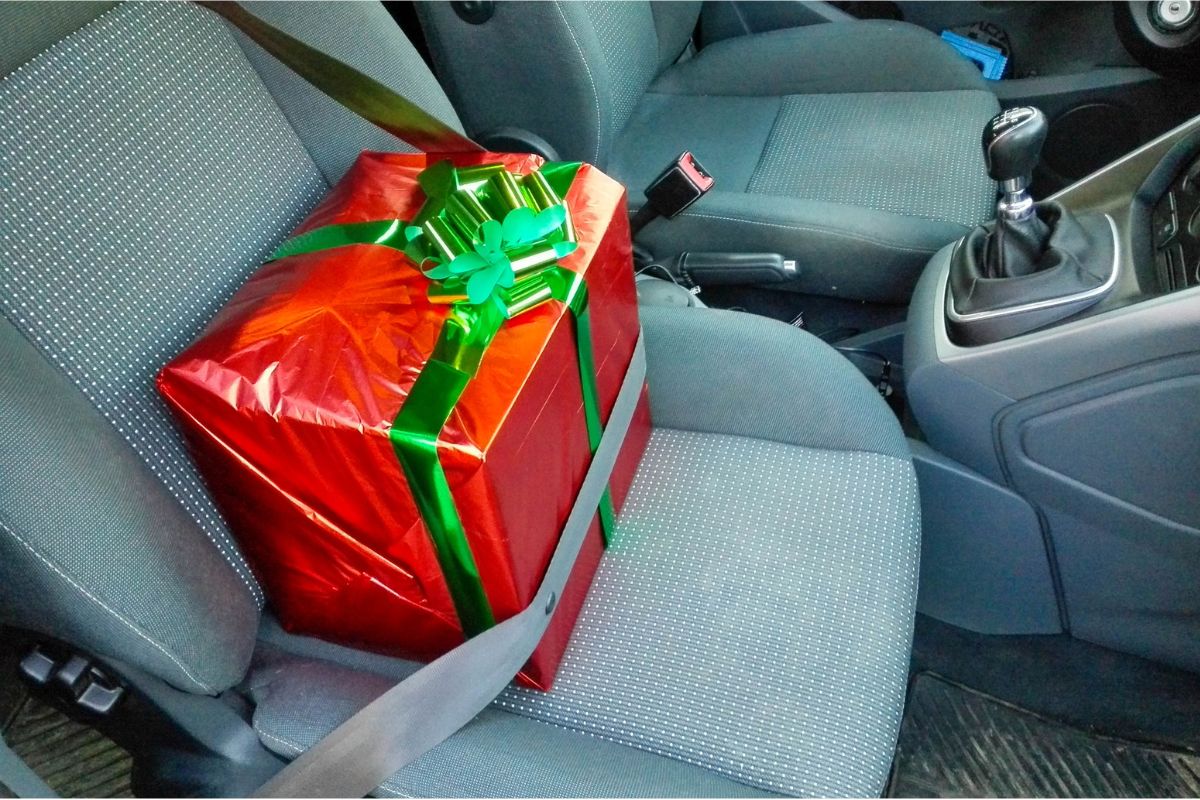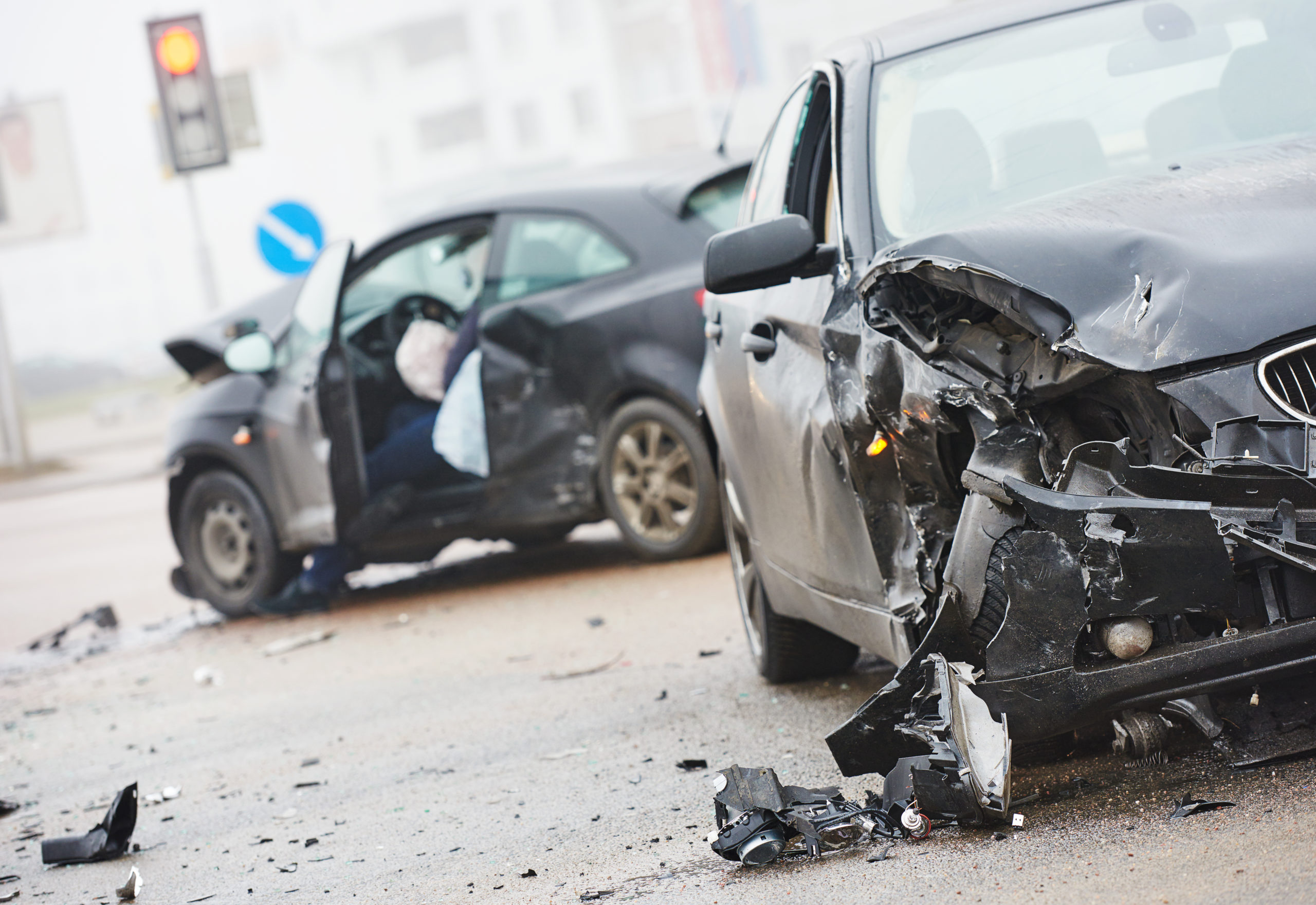There are many different types of car accidents, and they often occur in different locations for different reasons. While each type of accident has specific causes, most can be traced back to unsafe driving practices like distracted or drunk driving.
Car accidents are, unfortunately, a common experience for Americans. In 2019, NHTSA noted that police reported 6.74 million accidents in the United States alone. That means that about 17,000 crashes happened every day in 2019. Simply paying attention to the road and taking basic safety measures can prevent many of these types of car accidents.
Seven Types of Car Accidents
1. Single-vehicle accidents
The first type of accident, single-vehicle accidents, causes damage to only one vehicle. Many different factors can cause single-vehicle accidents. For example, drivers might get into a single-vehicle accident by swerving to avoid hitting road debris, an animal, or another vehicle. These kinds of crashes can also happen when the driver runs off the road because of distraction or fatigue. While you might think the driver would automatically be faulted in a single-vehicle accident, this is not always the case. If you get into a single-vehicle accident because of another’s reckless driving, unreasonable road conditions, or a vehicle defect, other parties may be held liable for the damages.
2. Multi-vehicle accidents
Multi-vehicle accidents involve more than one vehicle and at least three drivers and passengers. People often call these accidents “pileups,” as three or more cars crash into each other and form a chain reaction. The most common sites of multi-vehicle accidents are highways and other roadways with high speed limits. Crashes happen on these roads frequently because drivers don’t have enough time to react when they are driving at high speeds. Weather conditions like fog, rain, and snow can also increase the likelihood of multi-vehicle accidents, as drivers can’t see the road as well and will have slower reaction times.
3. Head-on collisions
When two vehicles slam into each other head first, the drivers experience a head-on collision. This type of car accident shouldn’t be taken lightly, as these crashes are extremely dangerous and often cause serious injuries. Head-on collisions occur most often when people drive the wrong direction (into oncoming traffic) or pass incorrectly on a two-lane road. Drivers who cause these accidents usually speed, drive while drunk or distracted, and fail to follow road signs. Common sites of head-on collisions are:
- Two-lane rural roads
- Roads under construction
- Highway ramps
4. Rear-end accidents
Rear-end accidents occur when a driver hits the vehicle directly in front of them from behind. Though these accidents usually aren’t as deadly as others, they are the most common type of collision. Rear-end accidents often happen at red lights, stop signs, and in congested traffic. There are several causes of rear-end collisions. For example, drunk or distracted drivers may not be able to stop in time because they weren’t paying attention. Aggressive drivers may run into the car in front of them if they follow too closely. Rear-end collisions can also occur when road conditions are poor due to weather like rain, snow, or fog.
5. Side-impact collisions
Side-impact collisions, also known as T-bone accidents, happen when a vehicle crashes into the side of another vehicle, either head-on or at an angle. This type of car accident typically occurs when a driver fails to yield or stop, like a driver running a red light. However, side-impact collisions can also happen if a driver isn't careful when turning or illegally passes another vehicle. Like many crashes, T-bone accidents are usually caused by distracted, drunk, fatigued, and aggressive drivers, though bad weather may play a role as well. Most side-impact collisions take place in areas where vehicles cross roads, like intersections and parking lots.
6. Sideswipe accidents
Collisions between the sides of two vehicles traveling in the same direction are known as sideswipe accidents. Most of these accidents result from errors in lane-changing, especially on highways and other multi-lane roads. Drivers increase their risk of a sideswipe accident when they don’t pay close attention and check their blind spots while merging into another lane. Weaving in and out of lanes at high speeds and not using a signal when changing lanes are also causes of sideswipe accidents. Many times, these drivers are drunk, distracted, aggressive, or tired.
7. Rollover accidents
Rollover accidents occur when a vehicle rolls or flips onto its side or roof. All vehicles can experience a rollover accident, but trucks and SUVs are more likely to roll because of their top-heavy weight distribution. These accidents are also extremely dangerous because the driver and passengers have a greater chance of being ejected from the vehicle. Common causes of rollover accidents include:
- turning too quickly or sharply
- being hit in a side-impact collision
- falling down an embankment
Oversteering, improperly loaded cargo, and poor driving practices can also contribute to rollover accidents. Most rollover accidents take place in rural areas and on curved roads.
How to Avoid Car Accidents
As you may have noticed, the common factors in the causes of the different types of car accidents are distracted, drunk, aggressive, and fatigued driving, as well as driving in bad weather. The best way to avoid being the cause of a crash is to only drive when you are sober, awake, aware, and calm. It’s also best to avoid driving through bad weather if you can. For your safety as well as the safety of others, remember to wear your seat belt, put your phone away, and pay attention to the road.
The Carlson Law Firm Can Help
If you or someone you love has been injured in a car accident, don’t wait to get the legal help you need. The Carlson Law Firm has successfully represented victims for 45 years and has the resources and team to fight for you. Contact our office to schedule a free consultation with a caring and compassionate legal team.
We care. We can help.




